japanese pagoda tree pros and cons
5b - 9a Wetdry. Sophora japonica--Chinese Scholar Tree Japanese Pagoda Tree List of files and visuals associated with this text.

Pagoda Tree Facts And Health Benefits
See it on the map.
/japanese-pagoda-tree-care-5186863-hero-b959bcf0d99349dcaef36a3b9e0cfeb0.jpg)
. It grows up to 20 M. How to protect your old house after youre gone. The Japanese pagoda tree is often called the Chinese scholar tree.
Japanese Pagodatree Fruit is cold in nature. Join Us -Sign up to get all the latest gardening tips. The seeds of the pagoda tree are POSSIBLY UNSAFE for most people when taken by mouth.
For decades the Japanese pagoda tree has been widely planted near temples and shrines in eastern Asia. The Japanese pagoda tree is often grown as a shade tree in lawns or on patios however flowers and seedpods often leave stains on pavement. The dried flowers and buds of the pagoda tree are used as a medicinal herb in China Japan and Korea to treat bleeding hemorrhoids and hematemesis.
This tree is also a source of rutin an anti-inflammatory and antioxidant chemical. If you would like more pagoda tree information click on this article. While some parts of the pagoda tree are edible the peas are toxic and should not be consumed.
The Tree is a deciduous tree it will be up to 20 m 66 ft high. East Experiment Station East side. It usually grows 25 to 35 feet tall but can sometimes reach heights of up to 100 feet.
In Japan Europe and North America it has been introduced as a flowering tree. Best used for High Blood Pressure. In addition to landscaping the pagoda tree s flowers have medicinal qualities.
But pagoda tree seeds are possibly unsafe for most people. 50 - 70 Site characteristics. The pagoda tree is one of the official trees of Beijing China and is part of some significant Chinese legends.
The Pagoda Tree is botanically called Styphnolobium japonicum. Best used for High Blood Pressure. The seeds might cause serious side effects.
Some identifying characteristics are its oval leaflets gray-brown bark and shiny green twigs. It grows in a tropical climate. Attractive cream-colored flowers in late July.
Clay loam sandy soils. Japanese blueberry tree pros and cons. 50 - 82 Other.
Tolerates drought Native range. Ad Compare Prices on japanese tree in Patio Garden. The seeds might cause serious side effects.
The Japanese pagoda tree is originally from China. And the tree is cultivated as an ornamental in many places. Styphnolobium japonicum.
Regent rapid growth profuse. The wood of pagoda tree is weak. The Pagoda Tree has a broad form that can reach 70 though 40 to 50 is more commonThe Japanese Pagoda Tree has a juvinile growth period that lasts several years.
The seeds might cause serious side effects including facial swelling or death. Japanese Pagodatree is a tree. The plant is important in traditional medicine and its leaves and flowers are edible.
The Japanese pagoda tree grows 1223 metres about 4075 feet tall and features alternate compound leaves with 7 to 17 leaflets. After this the tree flowers profusly and the fragrant flowers are a favorite of honeybees. Sophora Japonica Japanese Pagoda Tree Scholar Tree Pfaf Plant Database No report of Salivary gland pain is found in people who take Japanese pagoda-tree.
The seeds of the pagoda tree are POSSIBLY UNSAFE for most people when taken by mouth. The Pagoda Tree blooms during July and August a time of year when few flowers are. The seeds might cause serious side effects.
The wood is useful in construction. The yellowish white flowers about. The Pagoda tree is highly.
Trees do best in areas with full sun or partial shade and moderate amounts of water. The Japanese Pagoda Tree likes full sun rich well-drained soil and moderate watering but once established its a hardy specimen that tolerates urban conditions well and requires little maintenance. The leaves are imparipinnate and the flowers are white.
Japanese Pagodatree Fruit. A tendency common between trees bred for aesthetic enjoyment. No Obligation Free Quotes.
Special Precautions and Warnings. Japanese Pagoda Heritage Tree. This ornamental tree is native to China Korea and Vietnam.
Pros and cons of historic districts. The trees compound leaves which range from 6 to 10 inches in length contain 7 to 17 ovate dark. This seems more appropriate since the tree is native to China and not Japan.
Princeton Upright upright. Questions about Pagoda Tree asked by other gardeners. Japanese Pagodatree Flower.
The seeds of the pagoda tree are POSSIBLY UNSAFE for most people when taken by mouth.
:max_bytes(150000):strip_icc()/japanese-pagoda-tree-care-5186863-04-eea66be4d0454af08c590e51a6e51aca.jpg)
Japanese Pagoda Tree Care And Growing Guide

Fast Growing Trees For Creating Privacy Better Homes Gardens
:max_bytes(150000):strip_icc()/japanese-pagoda-tree-care-5186863-02-40fc3009a3e544499b255f71c2f98b8a.jpg)
Japanese Pagoda Tree Care And Growing Guide

Pin On Cicekler Flowers Cicekler
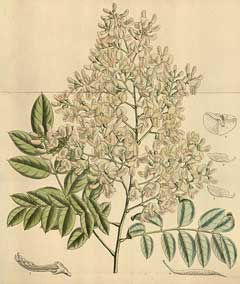
Sophora Japonica Japanese Pagoda Tree Scholar Tree Pfaf Plant Database

What Is Sophora Japonica Learn About Japanese Pagoda Tree Care
:max_bytes(150000):strip_icc()/japanese-pagoda-tree-care-5186863-06-ea23bcea86d74cdd998d083e1da1f11e.jpg)
Japanese Pagoda Tree Care And Growing Guide
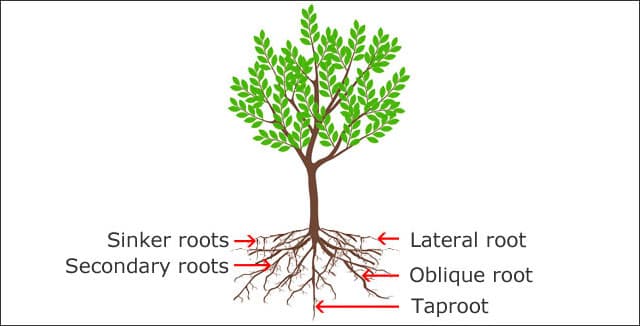
Tree Roots Trees With The Strongest And Deepest Roots
:max_bytes(150000):strip_icc()/japanese-pagoda-tree-care-5186863-07-678db2e12f964f979141917e3892ee54.jpg)
Japanese Pagoda Tree Care And Growing Guide
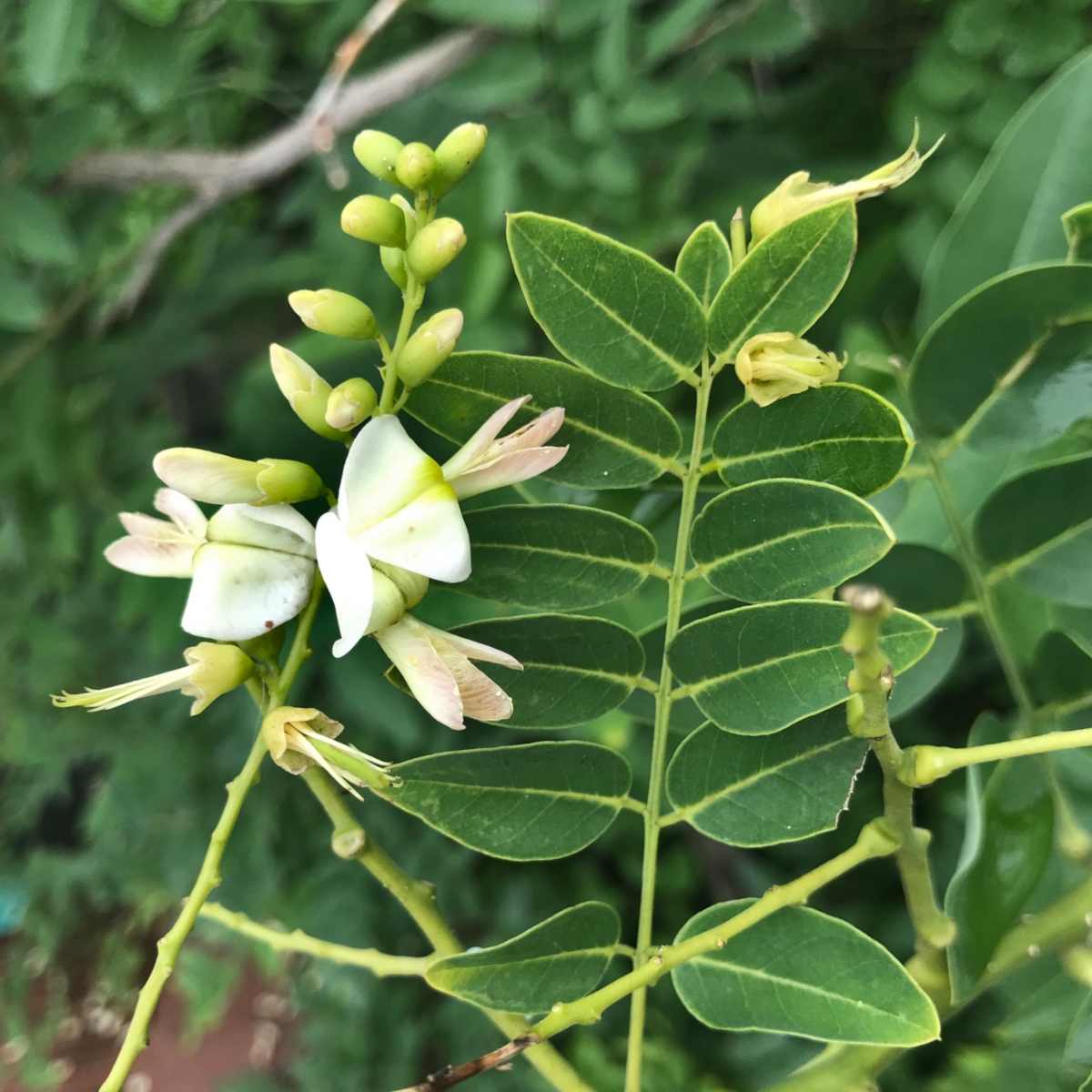
Japanese Pagoda Tree An Elegant And Airy Slow Growing Giant For Parks
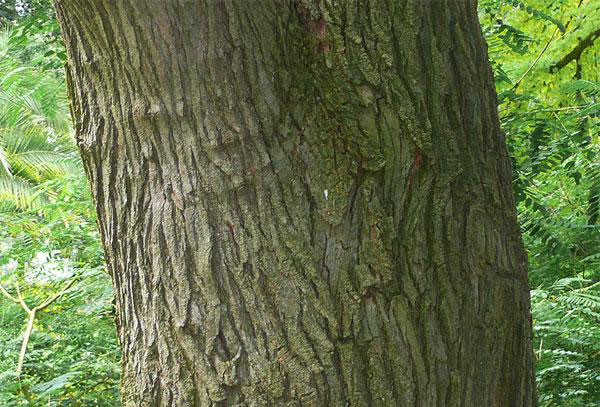
Pagoda Tree Facts And Health Benefits
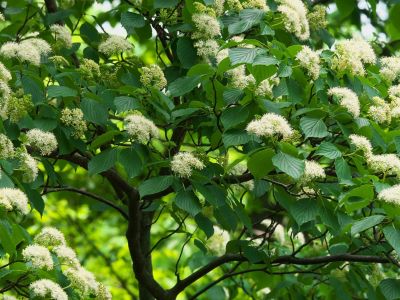
Pagoda Dogwood Information What Are Pagoda Dogwood Growing Conditions

Pagoda Tree Facts And Health Benefits
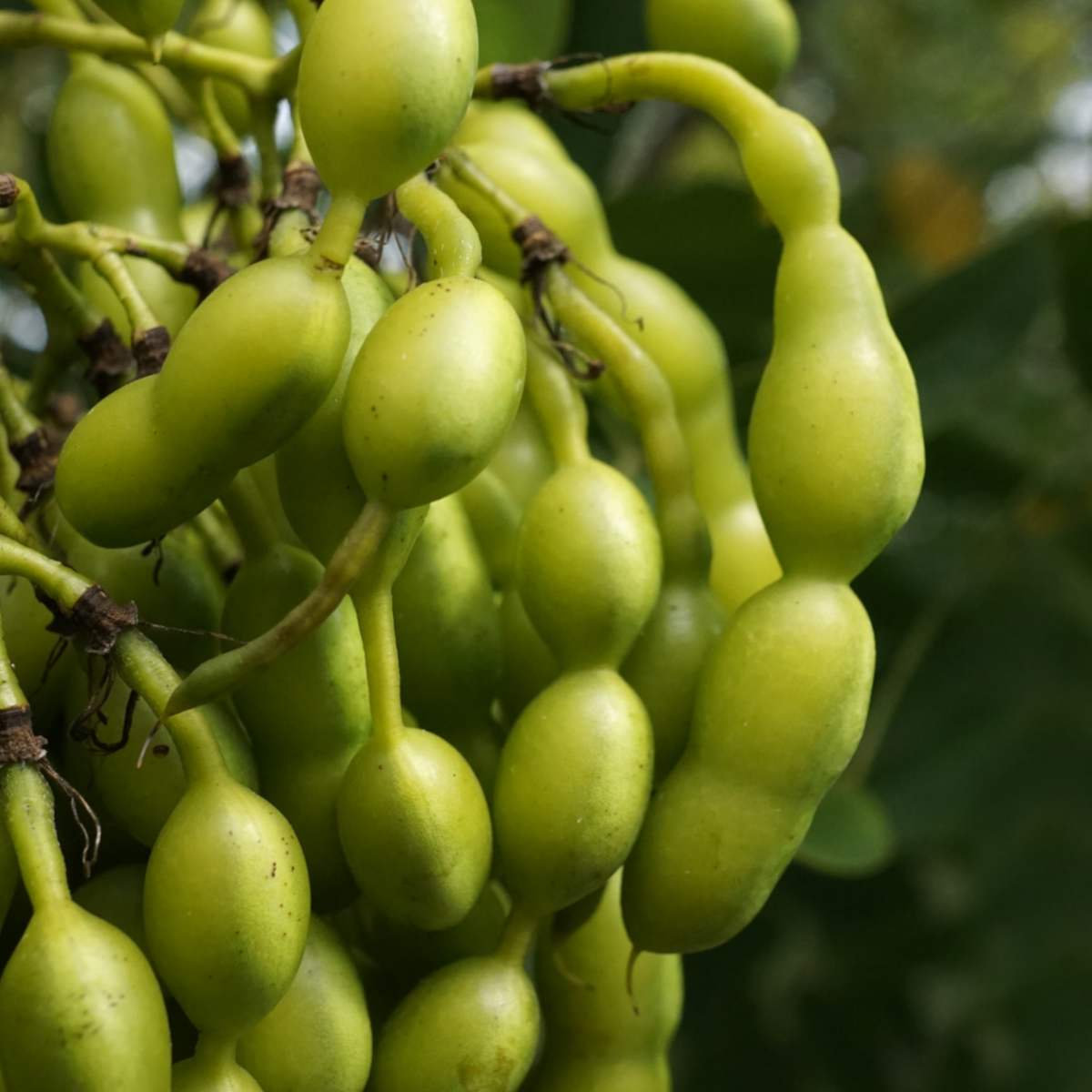
Japanese Pagoda Tree An Elegant And Airy Slow Growing Giant For Parks
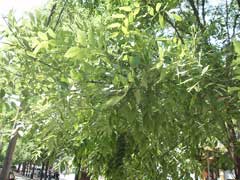
Sophora Japonica Japanese Pagoda Tree Scholar Tree Pfaf Plant Database
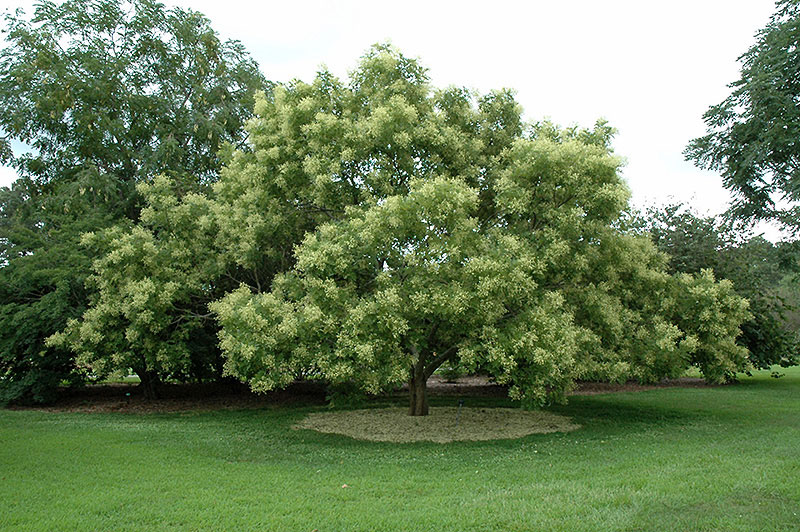
Pagoda Tree Facts And Health Benefits
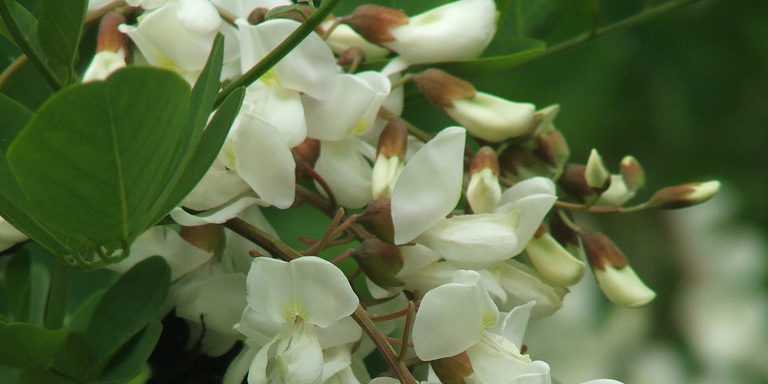
Tree Of The Month Japanese Pagoda Tree Casey Trees
/japanese-pagoda-tree-care-5186863-hero-b959bcf0d99349dcaef36a3b9e0cfeb0.jpg)
Japanese Pagoda Tree Care And Growing Guide
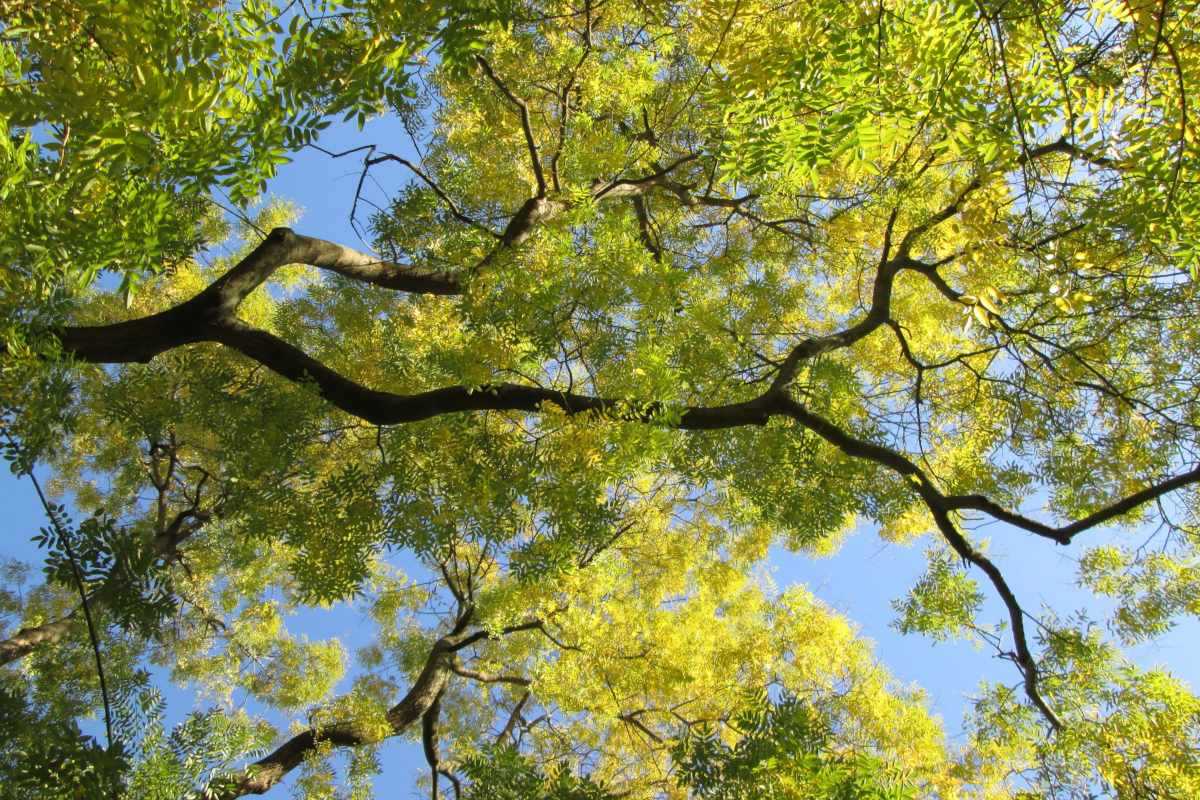
Japanese Pagoda Tree An Elegant And Airy Slow Growing Giant For Parks